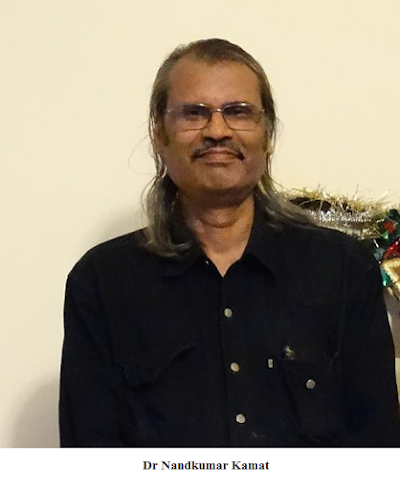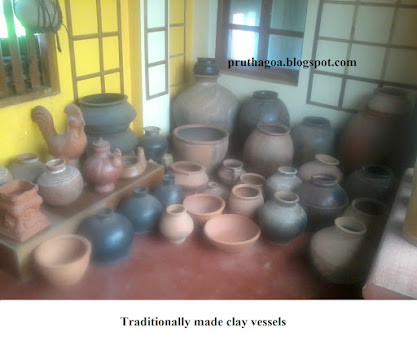Discovering our Goan Heritage

Sanjeev Sardesai is an unusual amalgamation of the educational qualifications of a botanist, the profession of a graphic designer and the passion of a historian. The latter has motivated him to start two groups called Hands on Historians and Sanscritic. In the year 2002, after working for nearly two decades in the hotel industry, Sanjeev gave up his position as a general manger. This was because he realised that tourism was virtually dead. ‘Today after thirteen years of leaving that industry, I still stand by my statement that there is no organised tourism in Goa,’ says Sanjeev, who believes that tourism is the urge of people to travel from one destination to another to discover the culture and heritage therein. So what could our state hold that stokes this desire?! Sanjeev decided he must find out for himself. There is tangible (visually perceived) and intangible (experienced) heritage. Hands on Historians is a forum focused on being a practical historian while Sanscritic (‘sans’ –





